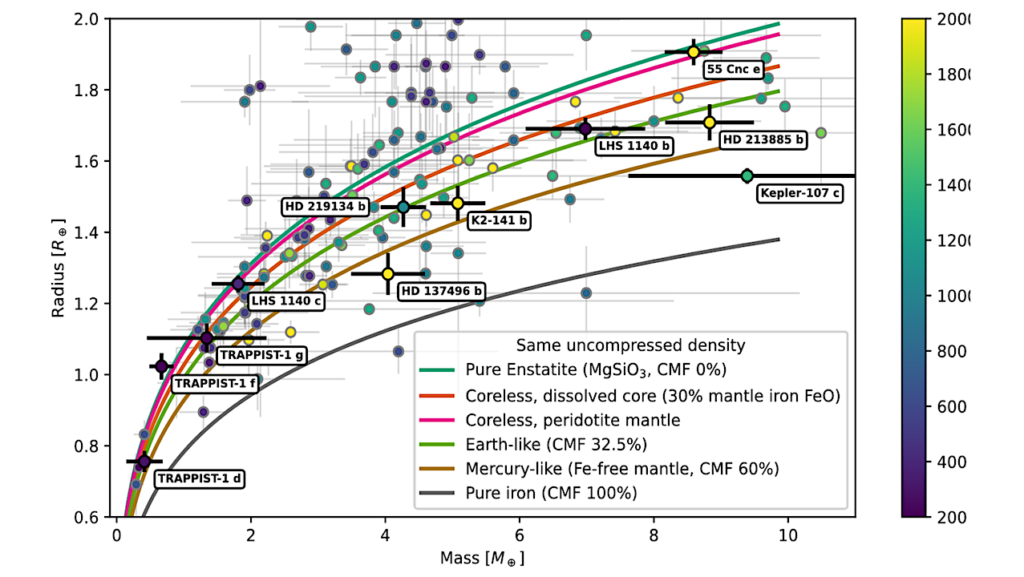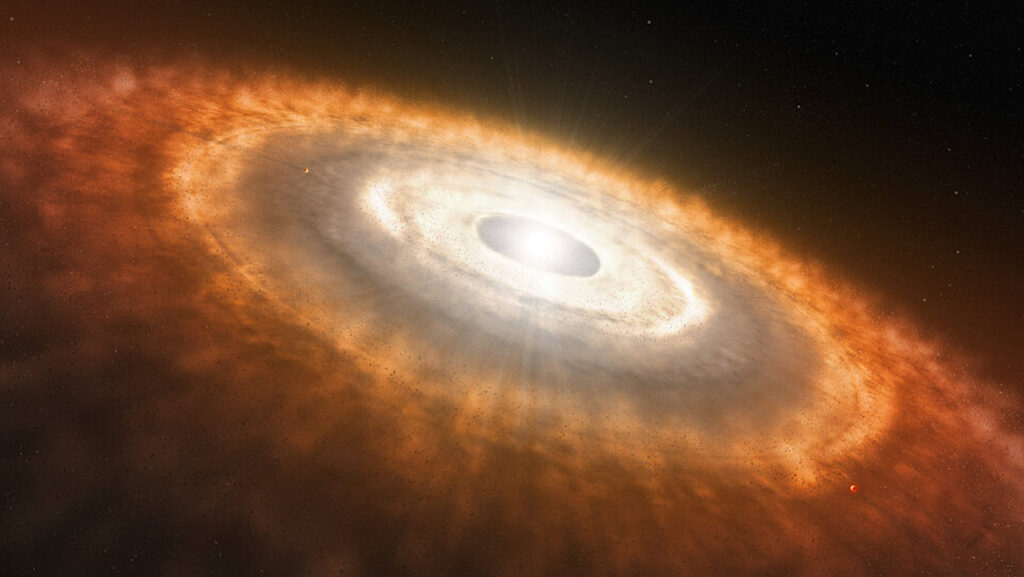Constraints On Europa’s Water Group Torus From HST/COS Observations

In-situ plasma measurements as well as remote mapping of energetic neutral atoms around Jupiter provide indirect evidence that an enhancement of neutral gas is present near the orbit of the moon Europa.
Simulations suggest that such a neutral gas torus can be sustained by escape from Europa’s atmosphere and consists primarily of molecular hydrogen, but the neutral gas torus has not yet been measured directly through emissions or in-situ. Here we present observations by the Cosmic Origins Spectrograph of the Hubble Space Telescope (HST/COS) from 2020 and 2021, which scanned the equatorial plane between 8 and 10 planetary radii west of Jupiter.
No neutral gas emissions are detected. We derive upper limits on the emissions and compare these to modelled emissions from electron impact and resonant scattering using a Europa torus Monte Carlo model for the neutral gases. The comparison supports the previous findings that the torus is dilute and primarily consists of molecular hydrogen. A detection of sulfur ion emissions radially inward of the Europa orbit is consistent with emissions from the extended Io torus and with sulfur ion fractional abundances as previously detected.
Lorenz Roth, H. Todd Smith, Kazuo Yoshioka, Tracy M. Becker, Aljona Blöcker, Nathaniel J. Cunningham, Nickolay Ivchenko, Kurt D. Retherford, Joachim Saur, Michael Velez, Fuminori Tsuchiya
Subjects: Earth and Planetary Astrophysics (astro-ph.EP)
Cite as: arXiv:2304.09150 [astro-ph.EP] (or arXiv:2304.09150v1 [astro-ph.EP] for this version)
https://doi.org/10.48550/arXiv.2304.09150
Focus to learn more
Submission history
From: Lorenz Roth
[v1] Tue, 18 Apr 2023 17:43:05 UTC (2,725 KB)
https://arxiv.org/abs/2304.09150
Astrobiology,








